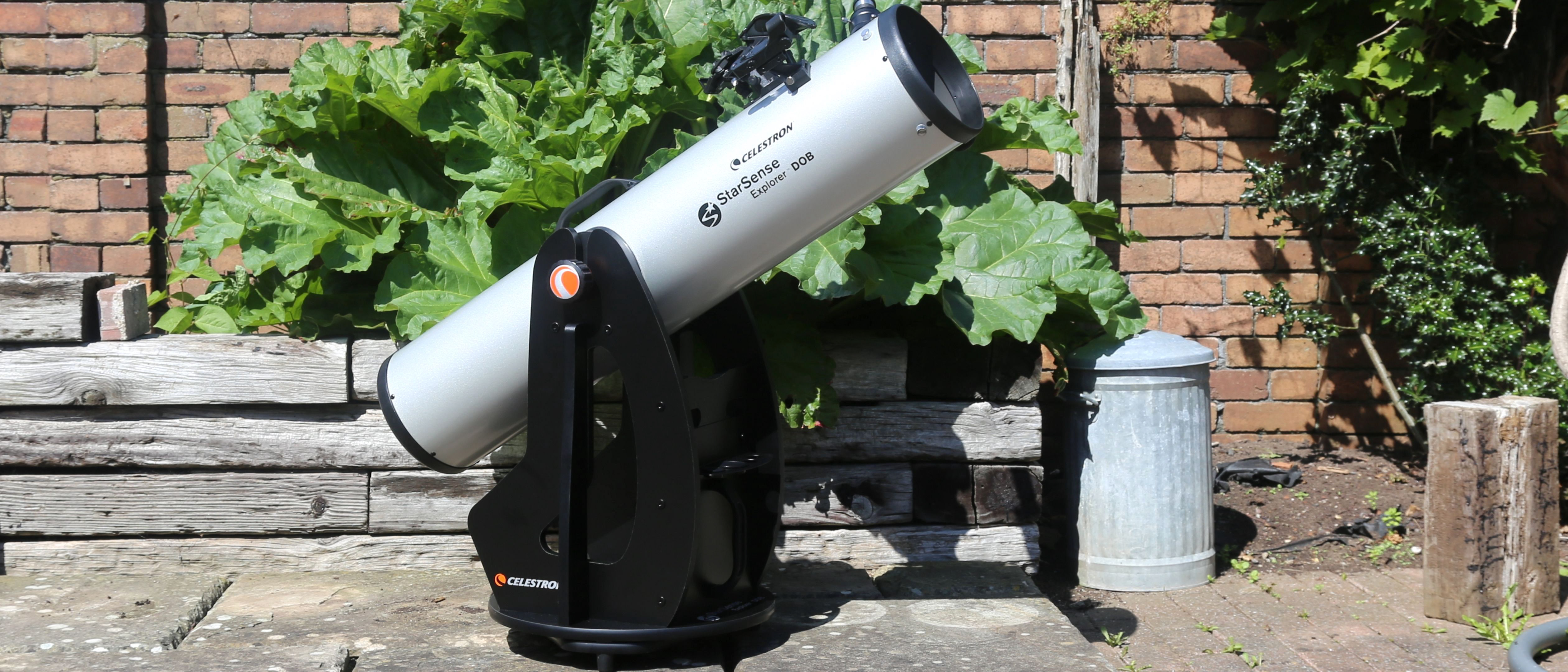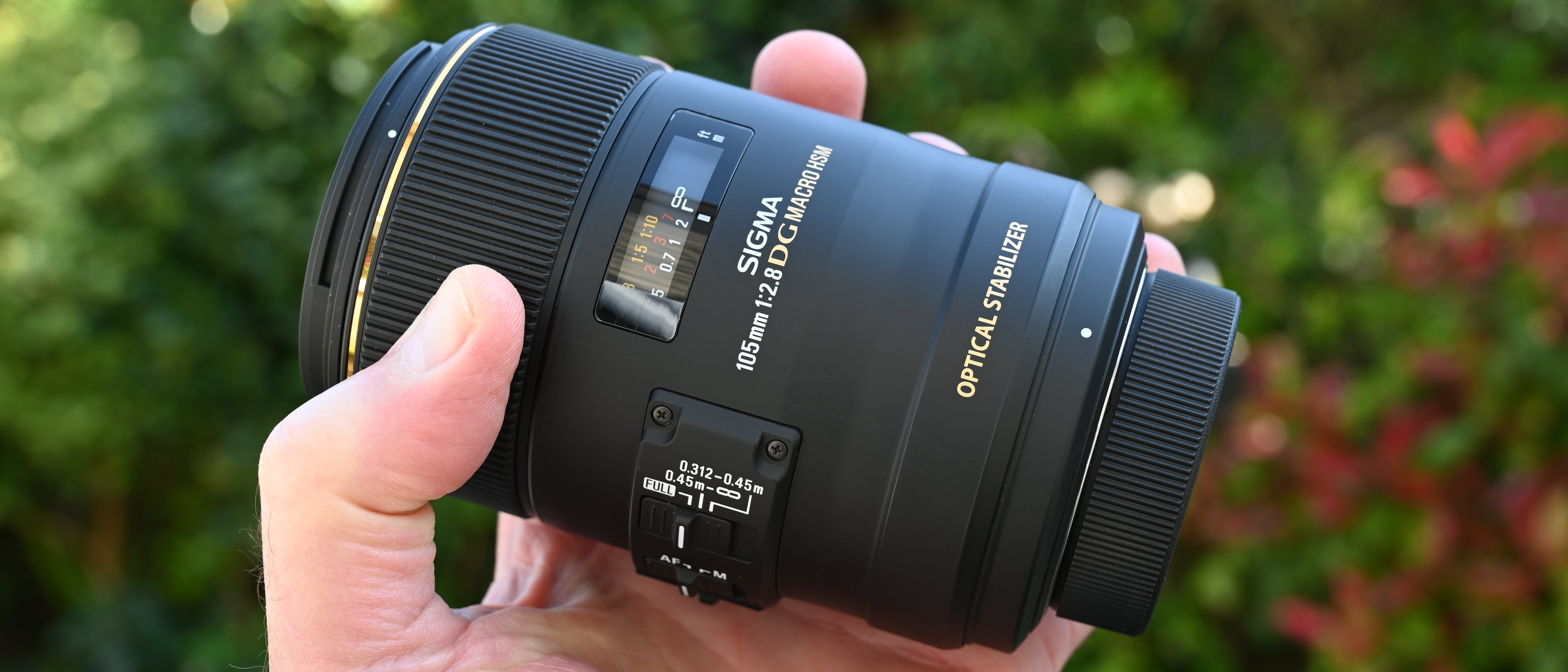Digital Camera World Verdict
An excellent and innovative large telescope that offers super clear views of faint objects, though it's as bulky as it is unsuitable for anything other than the most basic astrophotography.
Pros
- +
StarSense is very easy to use
- +
Optics are sharp
- +
‘Push To’ design helps you learn the night sky
- +
Excellent value
Cons
- -
Big and bulky
- -
Red dot finder is badly positioned
- -
Stars have diffraction spikes
Why you can trust Digital Camera World
If you’ve never thought of getting a Dobsonian telescope it’s probably because they largely fell out of favor a few years ago. Superseded by smaller computerized and motorized ‘Go To’ telescopes that allow beginners to choose targets from a handheld controller, the big and unwieldy – and manual – Dobsonian design just couldn’t keep up. That ends here with the arrival of a Donsonian telescope that’s as easy to align and to move as any telescope we’ve tried.
Add some high-grade optics and a sturdy build quality and the Celestron StarSense Explorer 8-inch Dobsonian impresses on almost all counts – though it’s mostly down to Celestron’s incredible StarSense app.
Celestron StarSense Explorer 8-inch Dobsonian specs
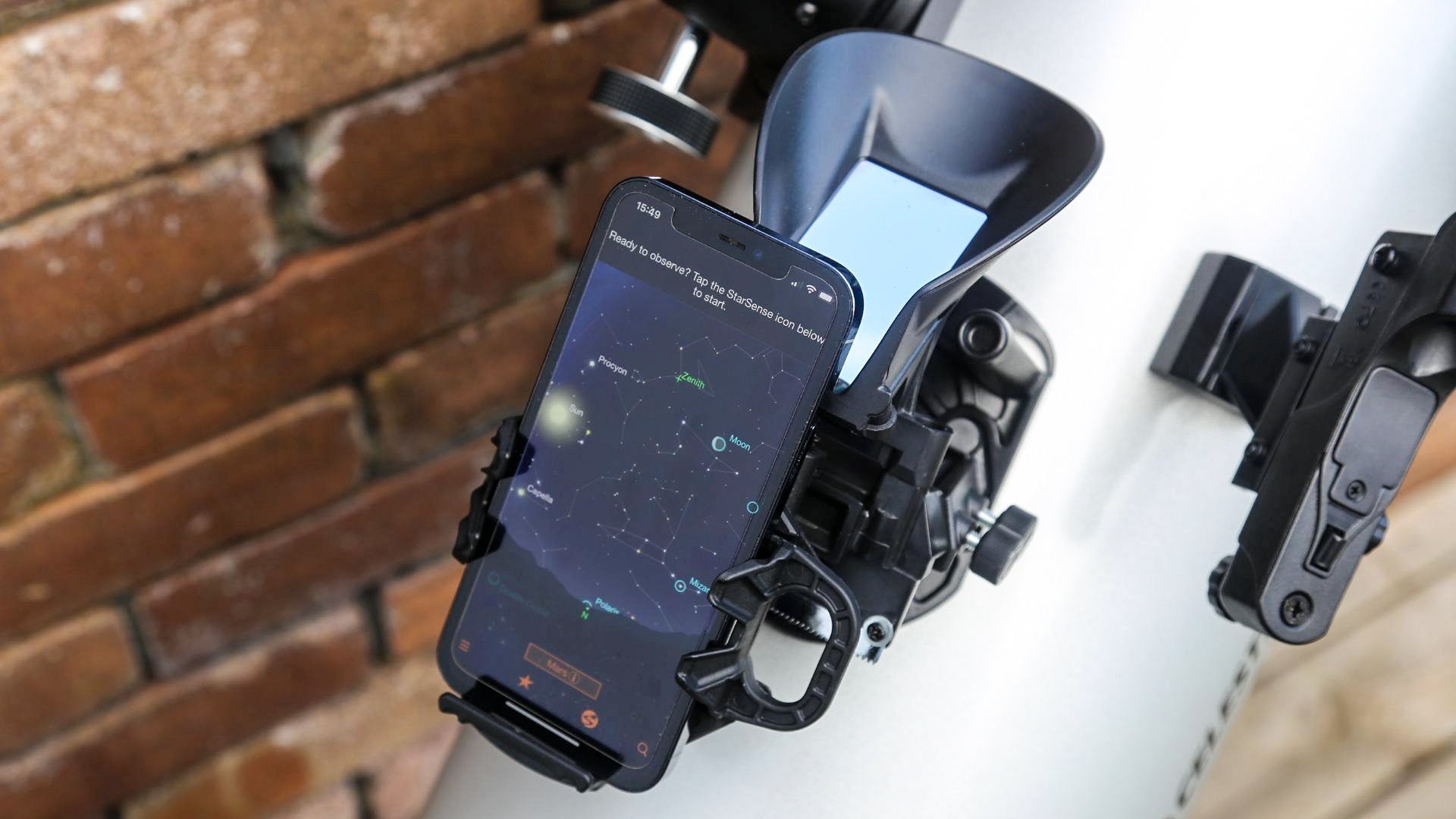
Optical design: Newtonian Reflector
Aperture: 8-inches/203mm
Focal length: 47.24-inches/1200mm
Focal ratio: f/5.9
Optical tube length: 1117.6mm
Mount weight: 22.8 lbs/10.3 kg
Total kit weight: 43.4 lbs/19.68 kg
Includes: 0.98-inch/25 mm Celestron Omni Plossl eyepiece (48x)
Design
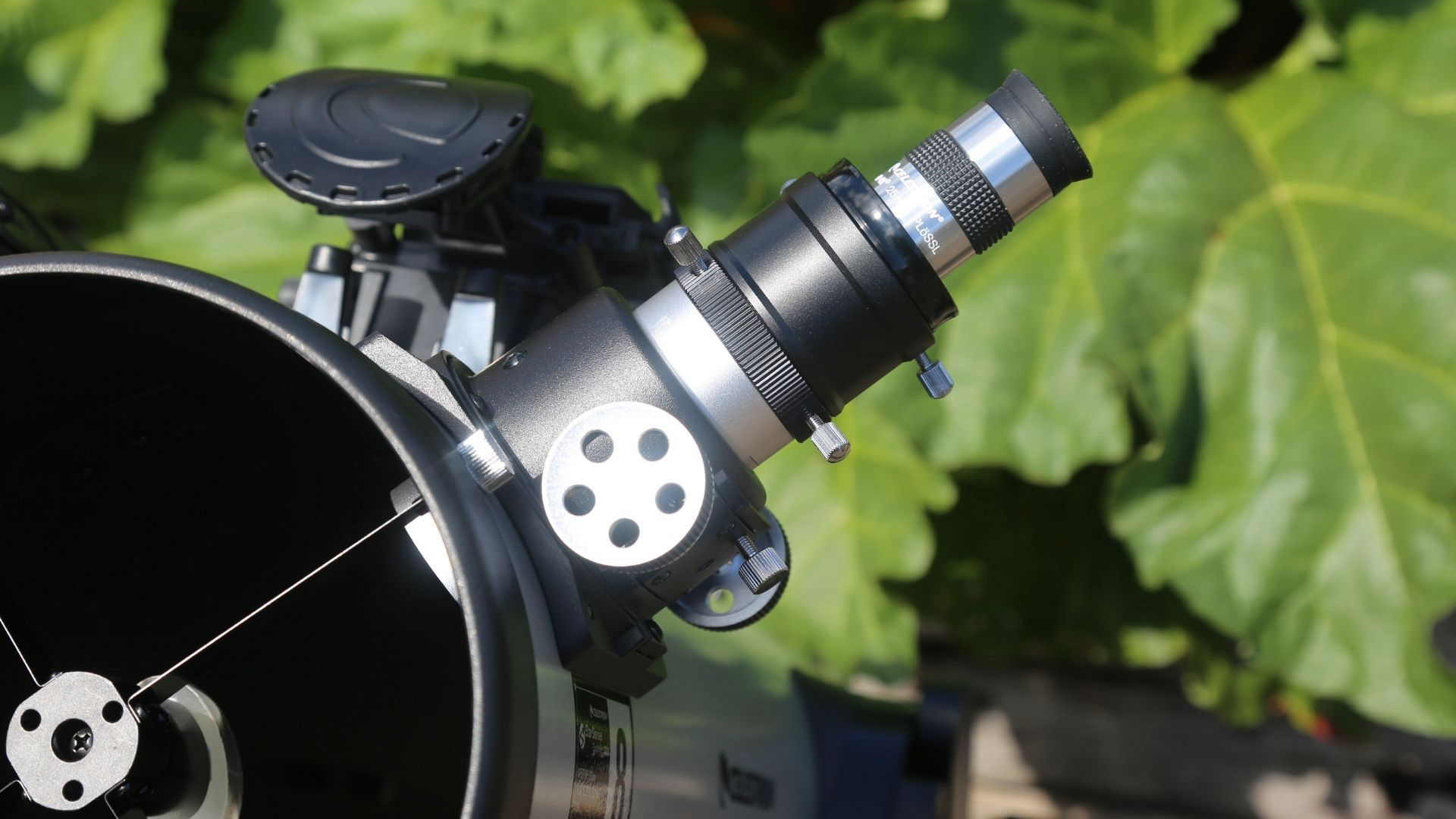
A Newtonian reflector Dobsonian telescope with an 8-inch aperture and a smartphone mount attached to its side, the Celestron StarSense Explorer 8-inch Dobsonian comes in two parts – telescope tube and base. Both weigh about 10kg and have carry handles to make them easy to move separately. Once they’re fastened together the entire unit isn’t super-easy to move, but it is very easy to manipulate for pointing at celestial targets.
As well as a code for using StarSense app and a free download of Celestron’s Starry Night Basic Edition Software the box includes a 0.98-inch/25 mm Celestron Omni Plossl eyepiece. It’s excellent quality and offers up to 48x magnification.
Also in the box is a red dot finder to help you point the telescope at targets without the app (or during the day, or for quick-and-dirty targeting at a planet or the Moon) as well as a smartphone holder. Both attach to the top of the telescope close to the eyepiece.
The StarSense app also includes spoken word audio commentaries for most of the objects, so it’s worth pairing some wireless earphones with your smartphone while observing. That does, of course, raise a minor issue about battery power. Use a smartphone for a few hours’ star-hopping and you’ll soon be searching for a portable battery. Our advice is to put a 5,000 mAh portable battery in this telescope’s base and trail a long 2m cable to the smartphone holder, whose universal smartphone clamp does have a cut-out for exactly that.
Performance
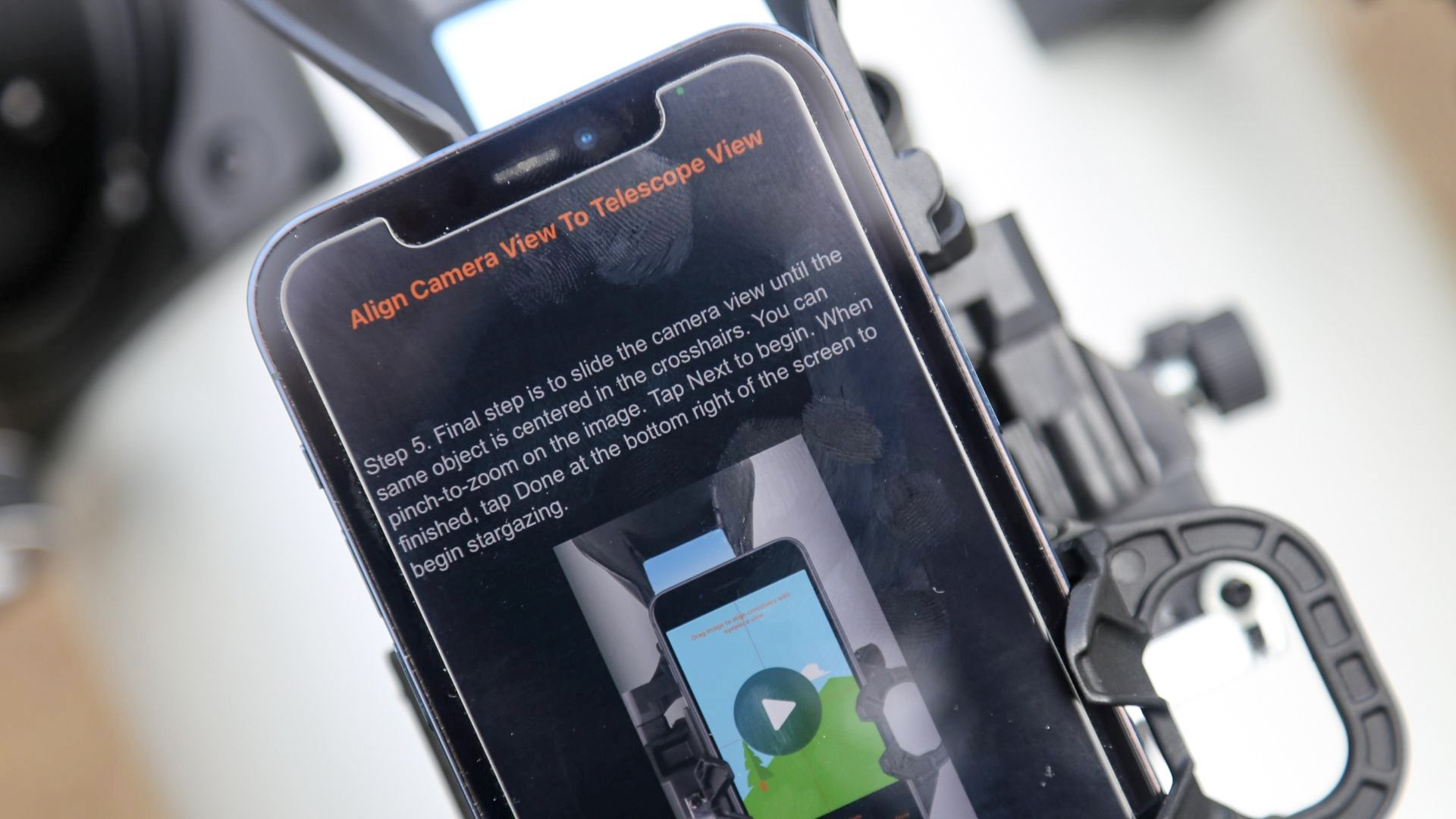
Setting-up and alignment is all about Celestron’s magnificent StarSense app. Bypassing the hand controllers in use by ‘Go To’ telescopes, StarSense lives on your smartphone and your smartphone lives on the telescope.
Although I had no problems while using the Celestron StarSense Explorer 8-inch Dobsonian there are few things to think about that aren’t obvious from the get-go. The first is that while this is as automatic a process as possible, the user does still have to align this telescope with a bright star. This is merely to allow the software to know that what it sees in the centre of the mirror behind the smartphone is aligned with what’s in the centre of the eyepiece. All you need is a clear sky in a deep twilight, an obvious bright star – any one will do – and the confidence to use the red dot finder to achieve a rough alignment. Then you need to get it in the centre of the eyepiece’s field of view. It’s not difficult, but beginners may initially struggle with the first step.
Once that’s done it’s so, so easy to use. First you choose from a list of objects on the StarSense app (split into both ‘City Viewable’ or ‘Dark Sky Viewable’, with lots more faint targets added especially for the advanced optics of the Celestron StarSense Explorer 8-inch Dobsonian). Directional arrows appear on the app and guide you in the general vicinity of your target. Yes, you have to manually move the telescope. Luckily that’s very easy to do and the control you get is surprisingly precise. As you get close the app zooms-in and you get a bullseye to manually slew to.
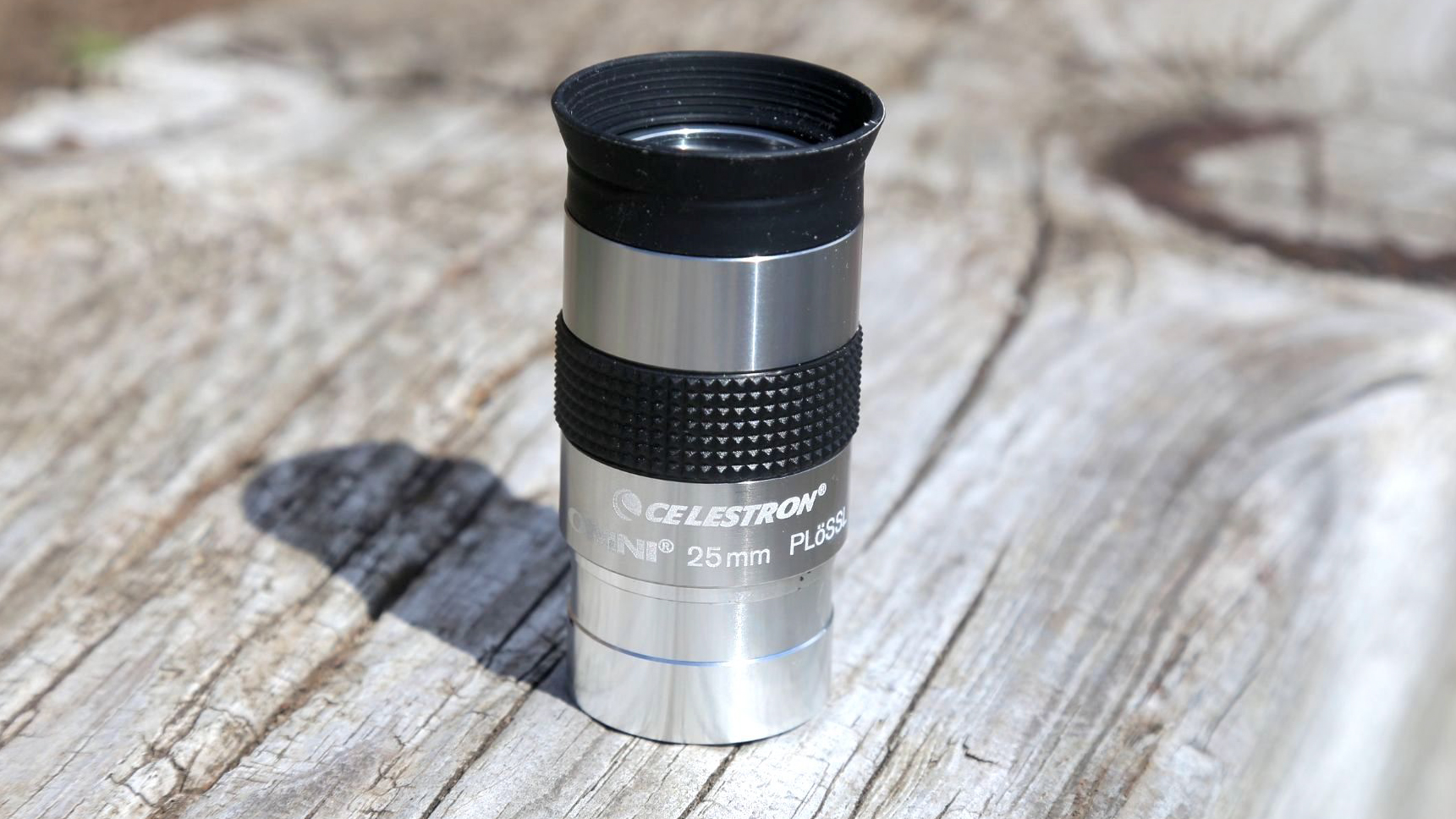
Using the supplied 25mm eyepiece we got some truly excellent views of objects ranging from the Andromeda Galaxy (M31) to the Ring Nebula (M57), the latter of which is normally very difficult to see from our location in a light-polluted city. But the Celestron StarSense Explorer 8-inch Dobsonian managed it, supplying colourful, contrasty views.
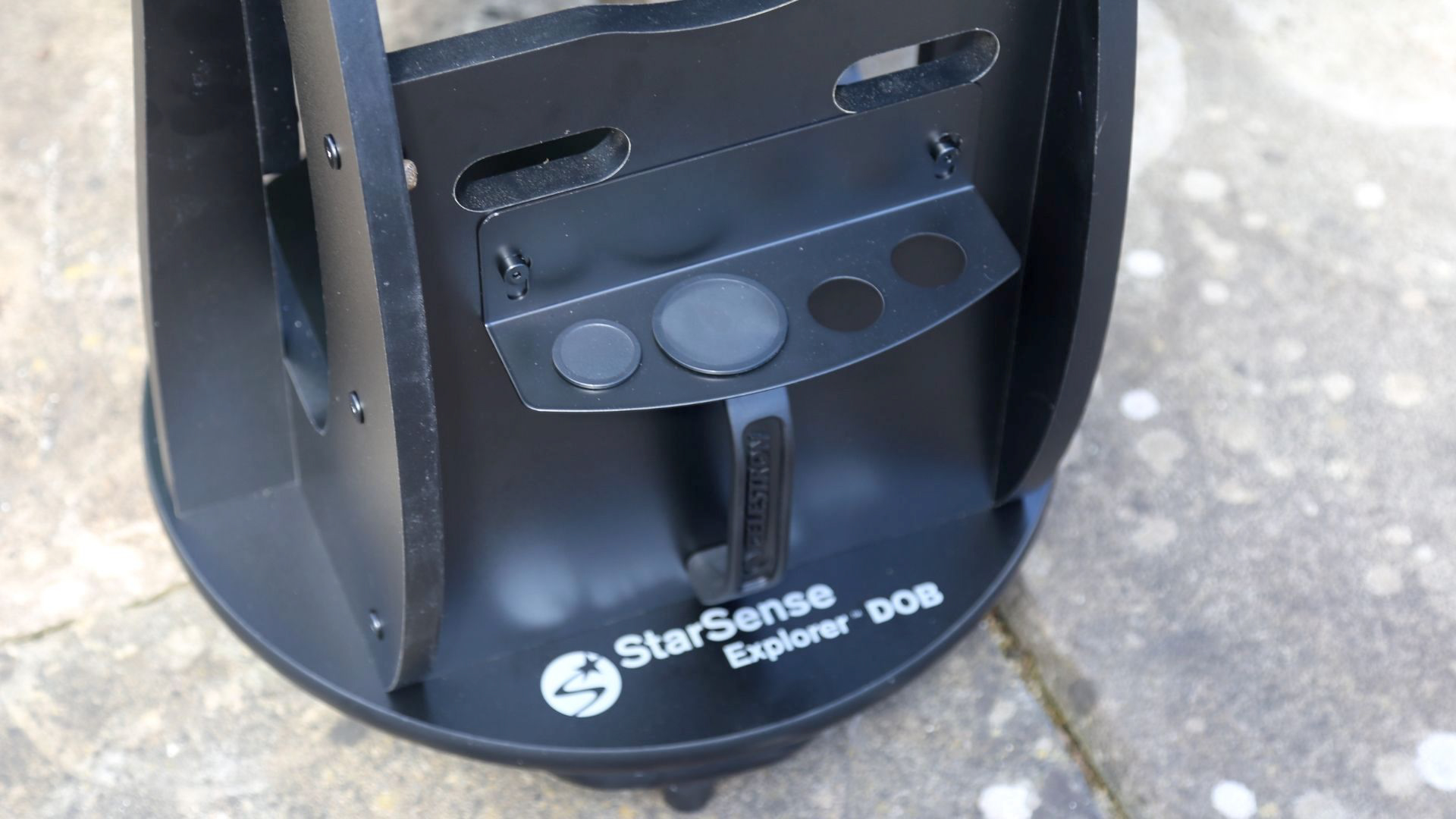
Given its manual alt-azimuth mount the Celestron StarSense Explorer 8-inch Dobsonian is not a good choice for astrophotography. It doesn’t track the movements of the night sky, so your only option is basic afocal astrophotography, which you can do by holding your smartphone’s camera over the eyepiece. Afocal attempts only really work well with the Moon (though given that your smartphone is busy with StarSense you’ll definitely need a second smartphone for that).
Verdict
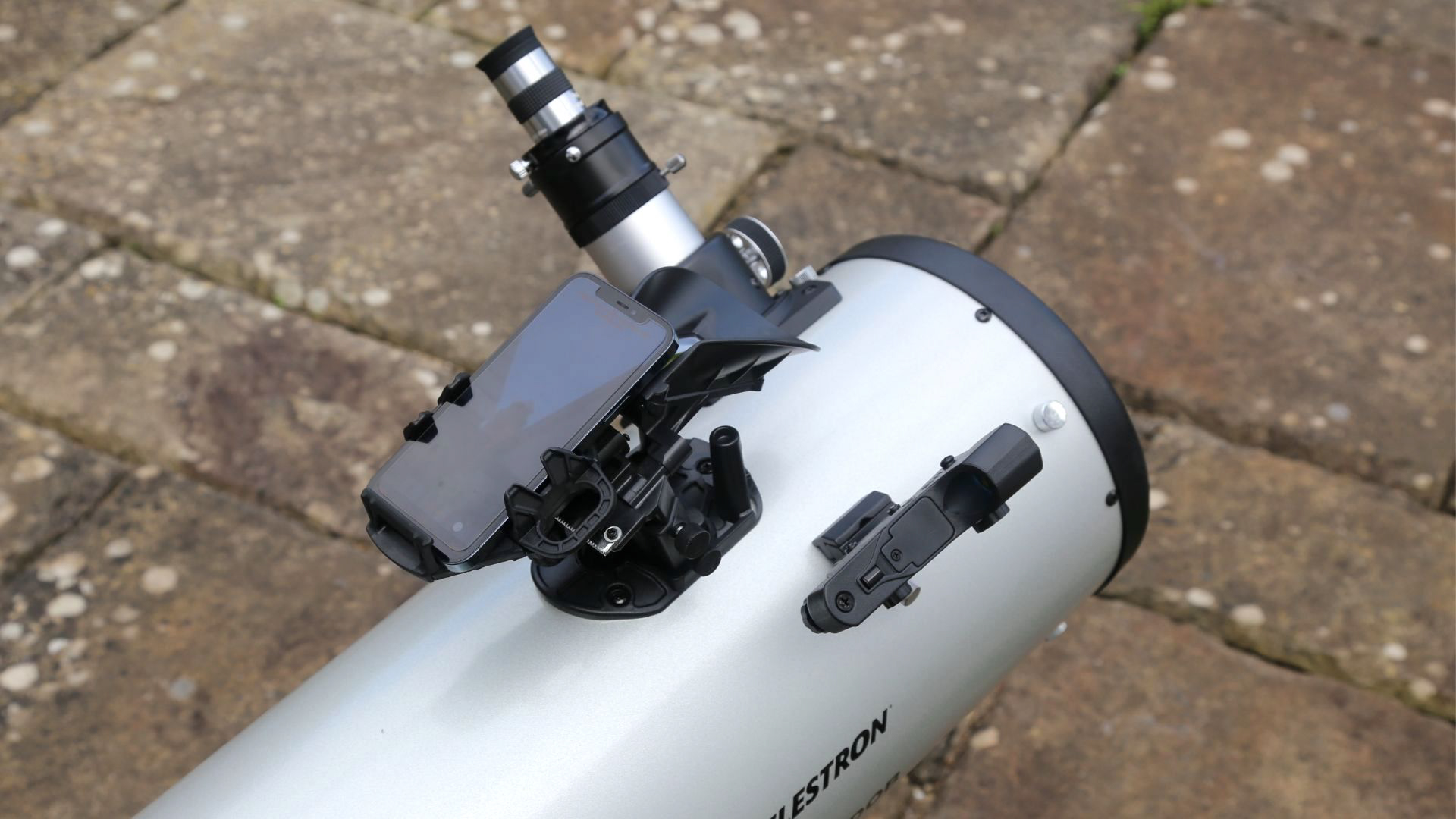
Great value, excellent optics and an ease of use some telescopes would die for, the Celestron StarSense Explorer 8-inch Dobsonian has very few downsides. Not everyone will want to put their smartphone on a telescope for hours on end, but, crucially, almost everyone will be able to use and enjoy the Celestron StarSense Explorer 8-inch Dobsonian. Just don’t go buying it for astrophotography.
Read more:
• Astrophotography: How-to guides, tips and videos
• Astrophotography tools: the best camera, lenses and gear
• The best lenses for astrophotography
• The best star tracker camera mounts
• Best equatorial mounts
• Best deep-space telescopes
• The best light pollution filters
• The best CCD cameras for astrophotography
• The best spotting scopes
• The best binoculars
• The best microscopes

Jamie has been writing about photography, astronomy, astro-tourism and astrophotography for over 15 years, producing content for Forbes, Space.com, Live Science, Techradar, T3, BBC Wildlife, Science Focus, Sky & Telescope, BBC Sky At Night, South China Morning Post, The Guardian, The Telegraph and Travel+Leisure.
As the editor for When Is The Next Eclipse, he has a wealth of experience, expertise and enthusiasm for astrophotography, from capturing the moon and meteor showers to solar and lunar eclipses.
He also brings a great deal of knowledge on action cameras, 360 cameras, AI cameras, camera backpacks, telescopes, gimbals, tripods and all manner of photography equipment.

